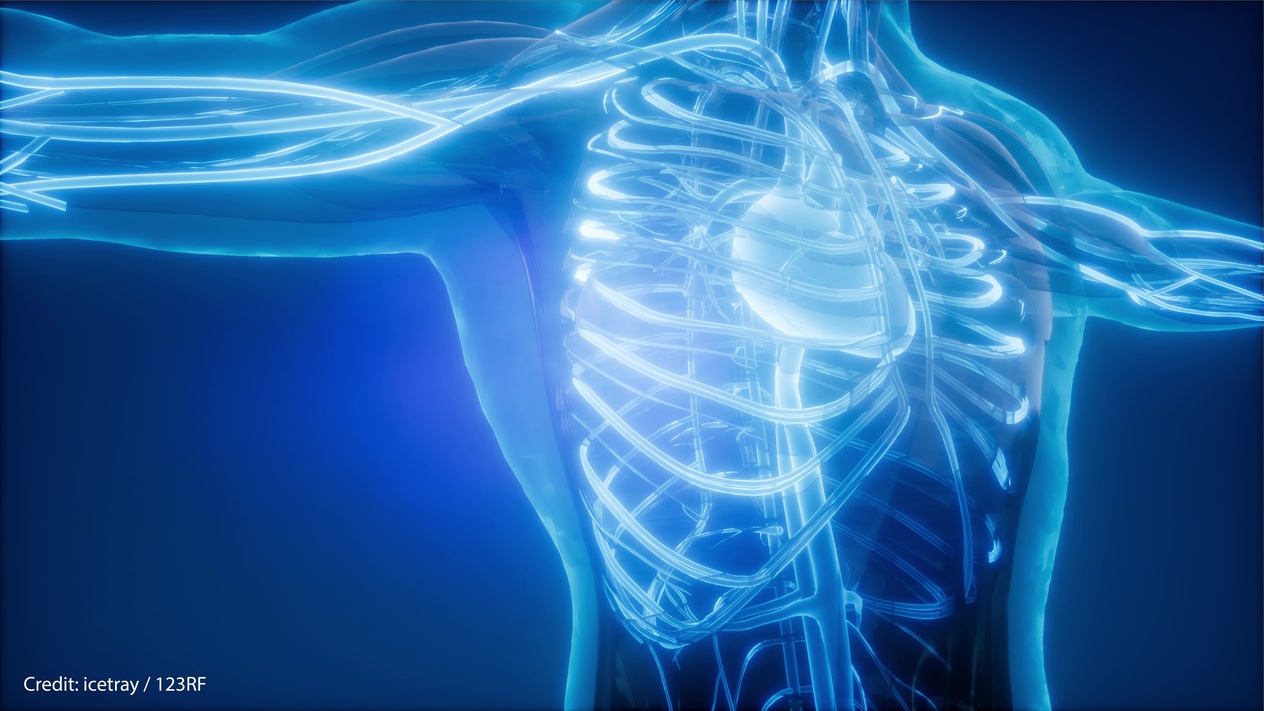
After 10 months flying in space, NASA's DART mission successfully impacted its asteroid target last week - the agency's first attempt to move an asteroid in space.

A machine called MOXIE, stowed away on NASA’s Perseverance rover, can reliably convert carbon dioxide into a small tree’s worth of oxygen. During various tests, MOXIE steadily breathed in Martian atmosphere and breathed out at least six grams of oxygen an hour.

This observation of a gas giant planet orbiting a Sun-like star 700 light-years away provides important insights into the composition and formation of the planet.

The first full-color image from NASA's James Webb Space Telescope has been released. The images are be the deepest and highest resolution ever taken of the universe, according to NASA.

NASA's James Webb Space Telescope has produced the deepest and sharpest infrared image of the distant universe to date. Known as Webb'nas First Deep Field, this image of galaxy cluster SMACS 0723 is overflowing with detail.

Dr Josef Schmid found himself beamed to the middle of the International Space Station, where he was able to enjoy a conversation with the astronauts and even shared a handshake.

Nearly 45 years into its space journey, the NASA Voyager 1 probe is sending back mysterious data that has left the spacecraft’s engineers confused.

There was a huge weakness in our asteroid defense system when only one of the hemispheres was covered by telescopes that constantly scan the sky. Now NASA funded two more telescopes in the southern hemisphere.

A powerful European Ariane 5 rocket boosted NASA’s $10 billion James Webb Space Telescope into space on Christmas Day, kicking off a great attempt to capture light from the first galaxies to form in the aftermath of the Big Bang.

U.S. scientists recently discovered that water was once present in a region of Mars called Arabia Terra.

Nasa's Dart mission has launched on a mission to test technology that could one day tip a dangerous asteroid off course. The spacecraft will crash into an object called Dimorphos to see how much its path can be altered.

New findings from NASA's Juno probe orbiting Jupiter provide a fuller picture of how the planet's distinctive and colorful atmospheric features offer clues about the unseen processes below its clouds.

Climate change may affect the production of maize (corn) and wheat as early as 2030 under a high greenhouse gas emissions scenario, according to a new NASA study published in the journal, Nature Food.

The teams each used a varied 3D printing technique to construct a cube-shaped tissue about one centimeter thick and capable of functioning for 30 days in the lab.

On April 17 New Horizons reached a rare deep-space milepost - 50 astronomical units from the Sun, or 50 times farther from the Sun than Earth is. New Horizons is just the fifth spacecraft to reach this great distance.